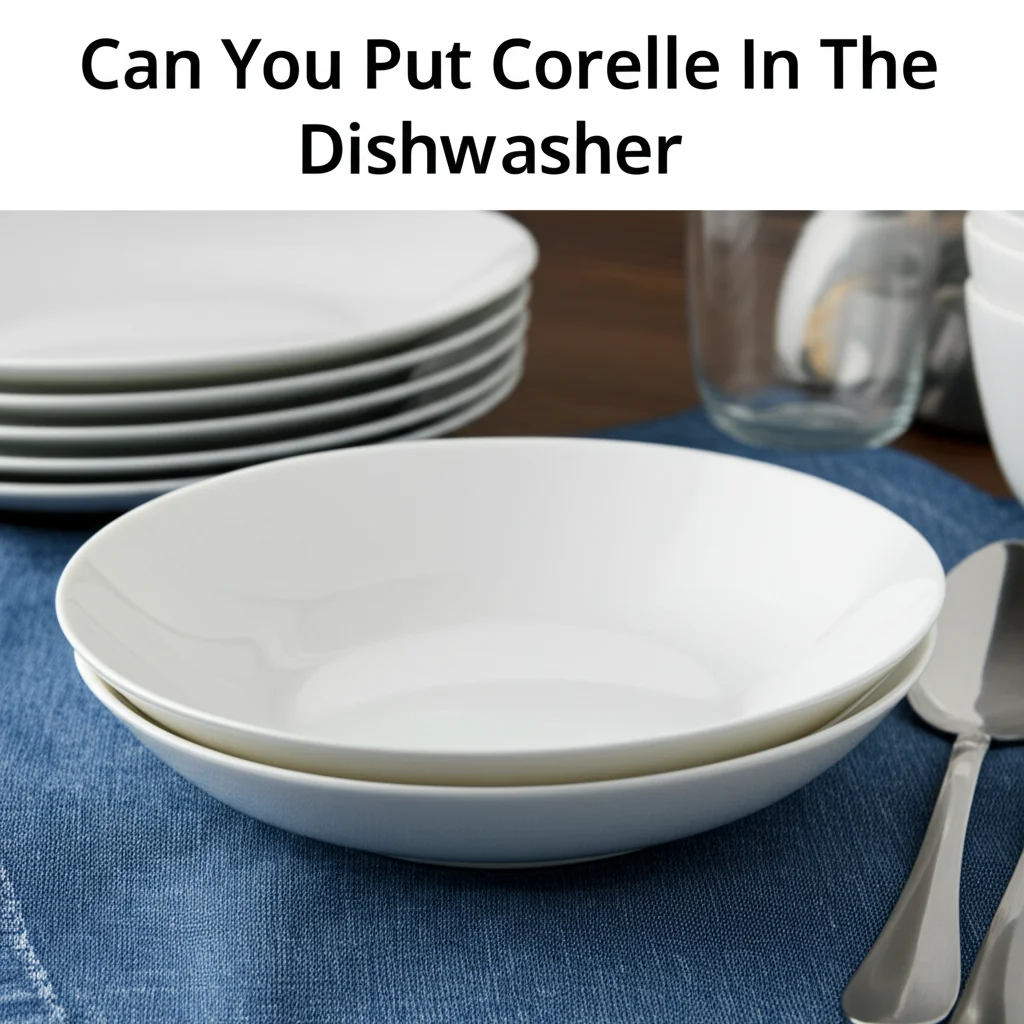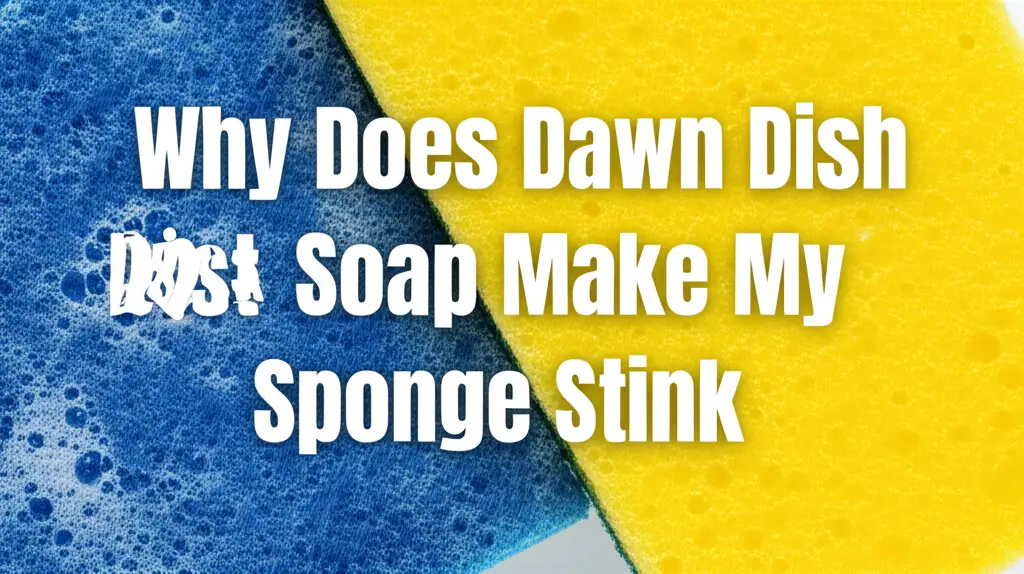· Todd Martin · Kitchen Essentials · 17 min read
How To Clean Pizza Stone

How To Clean Your Pizza Stone Effectively
Are you tired of crusty, burnt residue on your favorite pizza stone? A clean pizza stone is essential for making crispy, delicious pizzas at home. Over time, food debris and oil can build up, affecting your stone’s performance and even its taste. I know the frustration of seeing a beautiful stone become a stained mess.
Keeping your pizza stone in top shape is simpler than you might think. This guide will help you understand the best methods for cleaning a pizza stone. We will cover routine cleaning, deep stain removal, and important maintenance tips. You will learn how to restore your stone’s appearance and ensure its longevity. Let’s make sure your next homemade pizza is perfect.
Takeaway:
- Always clean your pizza stone when it is completely cool.
- Never use soap or harsh detergents on your pizza stone.
- Scrape off food debris with a stiff brush or spatula.
- Use a damp cloth or plain water for light cleaning.
- Consider baking off stubborn stains or using a paste for deep cleaning.
- Proper seasoning and maintenance extend your stone’s life.
To clean a pizza stone, first allow it to cool completely. Scrape off any baked-on food bits with a stiff brush or metal spatula. Wipe the surface with a damp cloth or sponge using only plain water. Avoid soap, as it can absorb into the stone and affect flavor. For stubborn stains, bake the stone in a hot oven or use a natural paste of baking soda and water.
Understanding Your Pizza Stone: Why Proper Cleaning Matters
A pizza stone is a simple kitchen tool, but it performs a vital function. It mimics the intense heat of a brick oven, drawing moisture from your pizza dough. This creates that desirable crispy crust we all love. Most pizza stones are made from cordierite, ceramic, or clay. Each material is porous. This means they can absorb liquids and oils. Proper care protects their porous nature.
Over time, food bits and grease can build up on the stone’s surface. If you do not clean your pizza stone regularly, these residues can burn. This creates unpleasant smells and affects the taste of your pizza. A dirty stone can also cook unevenly. This leads to parts of your pizza being undercooked or overcooked. Maintaining your stone ensures consistent, delicious results every time you bake. It also extends the lifespan of this valuable kitchen item.
Types of Pizza Stones and Their Care
Different pizza stone materials require slightly different care approaches. Knowing what your stone is made of helps you clean it properly. Most home pizza stones are cordierite. Cordierite stones are durable and resistant to thermal shock. They are often dark in color and hide stains well. Ceramic stones are more fragile. They heat up quickly but can crack if not preheated slowly. Clay stones are traditional. They are very porous and take a long time to heat.
Regardless of the material, the golden rule remains: no soap. Soap can soak into the stone. This makes your food taste soapy. For specialized stones like those from Pampered Chef Stone or Ooni Stone, cleaning principles are similar. Always let them cool completely before cleaning. This prevents cracking from sudden temperature changes. Gentle scraping and plain water are usually enough for all types.
Essential Tools and Supplies for Cleaning a Pizza Stone
Cleaning your pizza stone does not require a lot of fancy equipment. Simple tools you likely already have are usually sufficient. Having the right items on hand makes the process easy and effective. You want to remove baked-on food without damaging the stone’s surface. Choosing gentle, non-abrasive tools is key.
Here is a list of what you will need:
- Stiff-bristled brush or grill brush: This is your primary tool for scraping. Look for one with natural bristles or a metal scraper edge. A metal baking steel scraper can work well here too.
- Plastic or metal spatula: For dislodging larger, stuck-on pieces of food.
- Clean cloth or sponge: For wiping down the surface after scraping.
- Plain water: The only liquid you should use for cleaning your stone.
- Baking soda (optional): For stubborn stains.
- Pumice stone (optional): For extremely tough burnt spots, used with extreme care. Similar to how one might use a pumice stone to clean a griddle.
Avoid wire brushes that can scratch the stone. Do not use steel wool, as it can leave metal particles. Harsh chemicals or oven cleaners are also a definite no. These chemicals can absorb into the stone. They will then leach into your food during cooking. Stick to simple, non-toxic options for the best results.
Step-by-Step Guide: How to Clean Your Pizza Stone After Each Use
Regular cleaning after each use helps prevent major build-up. This keeps your stone performing its best. I find a consistent routine makes kitchen cleanup much faster. Following these steps ensures your stone is ready for its next pizza night. Always prioritize safety and gentle handling when cleaning your pizza stone.
Here are the steps to clean your pizza stone:
- Cool Down Completely: This is the most crucial step. Never clean a hot pizza stone. Thermal shock can cause cracks. Let your stone cool to room temperature. This can take several hours, especially after high-temperature baking.
- Scrape Off Loose Debris: Once cool, use a stiff-bristled brush or a metal spatula. Gently scrape away any loose food particles, cheese, or burnt crust bits. Hold the stone over a trash can or sink while scraping. Be firm but avoid gouging the stone’s surface.
- Wipe with a Damp Cloth: Dampen a clean cloth or sponge with plain water. Wipe down the entire surface of the stone. This removes any remaining fine dust or residue. Make sure the cloth is only damp, not soaking wet. Too much water can oversaturate the stone.
- Air Dry Thoroughly: After wiping, let the pizza stone air dry completely. Place it upright in a dish rack or on a drying mat. Ensure good air circulation. A fully dry stone prevents mold growth and ensures even heating next time. Never store a damp stone. If you also use a pizza pan, remember similar principles apply for cleaning a pizza pan.
Remember, a pizza stone will darken and stain over time. This is natural and part of its seasoning process. These stains do not affect its performance. In fact, they often enhance it. Focus on removing food debris, not trying to make the stone look brand new.
Deep Cleaning Your Pizza Stone: Tackling Stubborn Stains and Baked-On Food
Sometimes, regular scraping is not enough. Stubborn stains or thick layers of baked-on food can appear. This might be from spills or forgotten crumbs. Deep cleaning helps restore the stone’s surface. It ensures optimal heat distribution. I have found a few tricks work wonders for these tougher cleaning jobs.
Before starting any deep cleaning, ensure your stone is completely cool. Never immerse your pizza stone in water. This can cause cracking or lead to mildew. Patience is key when dealing with deeply ingrained grime. Avoid abrasive cleaners or strong chemicals at all costs. Your goal is to clean the stone without damaging its porous structure.
Removing Stubborn Stains Naturally
For discolored areas or light stains, natural methods are best. These methods lift stains without introducing harmful substances. Baking soda is a great natural cleaning agent. It is mildly abrasive and absorbs odors. This process requires a little time but is very effective.
Follow these steps for natural stain removal:
- Make a paste: Mix a small amount of baking soda with water. Create a thick paste. It should resemble toothpaste.
- Apply the paste: Spread the baking soda paste over the stained areas. Work it into the stone gently with your fingers or a soft brush.
- Let it sit: Allow the paste to sit on the stone for at least 15-30 minutes. For very stubborn stains, you can leave it overnight. The baking soda will absorb the grease and loosen the grime.
- Scrape and wipe: Use a plastic scraper or a stiff brush to gently scrape off the dried paste. Wipe the stone clean with a damp cloth. Repeat if necessary.
- Rinse (minimal) and Dry: Use a barely damp cloth to wipe away any baking soda residue. Ensure the stone is completely dry before storing or using again.
Dealing with Burned-On Food
Burned-on food is the toughest challenge. It often involves carbonized bits stuck to the surface. Trying to scrub these off with water can be futile. High heat is surprisingly effective here. It turns the food residue into ash. This makes it easier to remove.
Here is how to tackle burned-on food:
- Heat it up: Place the dirty pizza stone in a cold oven. Heat the oven to its highest temperature, usually 500-550°F (260-290°C).
- Bake the residue: Let the stone bake at this high temperature for at least one hour. The extreme heat will carbonize or burn off any remaining food particles. It converts them into easily removable ash.
- Cool down: Turn off the oven. Allow the stone to cool completely inside the oven. Do not remove it while it is hot.
- Scrape and brush: Once cool, remove the stone. Use a stiff brush or a metal scraper to brush off the ash. It should come off easily.
- Wipe clean: Wipe the stone with a damp cloth to remove any remaining dust. Ensure it is completely dry before storage. This method is similar to how you might clean the bottom of an oven after spills.
For extremely stubborn spots, a pumice stone can be used carefully. Gently rub the pumice stone over the burnt area. Use very light pressure. This will abrade the carbonized material. Always wipe away the pumice dust afterward. This method is a last resort.
Restoring Your Pizza Stone: Re-Seasoning and Maintenance
A well-maintained pizza stone performs better and lasts longer. Over time, your stone develops a natural patina, or “seasoning.” This is from absorbed oils and fats. It actually improves non-stick properties and heat transfer. You do not typically “season” a new pizza stone like cast iron. Its porous nature creates its own seasoning. However, you can help it along.
After deep cleaning, especially if you used a lot of scraping, your stone might feel rough. Or, it might look lighter in color. This is normal. The goal is to get it back to its dark, well-used state. This process is more about breaking in than traditional seasoning. It protects the stone and ensures future success.
Here are tips for restoring and maintaining your stone:
- Preheat gradually: Always place your pizza stone in a cold oven. Then, let it preheat with the oven. This prevents thermal shock. Gradual heating helps the stone absorb heat evenly. It also reduces stress on the material.
- Use it often: The best way to “season” a pizza stone is to use it frequently. Each time you cook pizza, some oil and grease will absorb. This builds up the patina. This natural process enhances the stone’s non-stick qualities.
- Avoid sudden temperature changes: Never put a cold stone into a hot oven, or a hot stone into cold water. This can cause cracking. Always let it cool slowly in the oven after use. This rule is vital for stone integrity.
- Don’t worry about stains: A seasoned pizza stone will develop dark spots and stains. This is a sign of a well-used stone. It indicates good seasoning. Do not try to scrub these away. They are part of its character and functionality.
Proper maintenance means you focus on cleaning off food, not stains. Your pizza stone is a workhorse, designed to get better with age and use. Just like a good cast iron pan, it gains character. Following these practices ensures your stone remains a reliable tool for many years of delicious pizzas.
Common Pizza Stone Cleaning Mistakes to Avoid
Cleaning a pizza stone might seem straightforward, but common mistakes can ruin it. Avoiding these pitfalls ensures your stone stays functional and lasts a long time. I have seen many good stones ruined by simple oversights. Knowing what not to do is as important as knowing what to do.
Here are the most common mistakes:
- Using Soap or Detergent: This is the cardinal sin of pizza stone cleaning. Stones are porous. They will absorb soap. This leads to a soapy taste in your pizza. The soap can also break down the stone’s natural seasoning. Stick to plain water.
- Immersing in Water or Dishwasher: Never soak your pizza stone. Do not put it in the dishwasher. Too much water can lead to cracking. It can also cause mold or mildew to grow within the stone’s pores. A damp cloth is enough.
- Cleaning a Hot Stone: Thermal shock is a real danger. Taking a hot stone and exposing it to cold water will cause it to crack. Always let the stone cool down to room temperature slowly. This prevents damage.
- Using Abrasive Cleaners or Steel Wool: Harsh chemicals, oven cleaners, or steel wool can damage the stone’s surface. They can also leave residues that affect food taste or pose health risks. Use gentle scraping tools and natural cleaning agents.
- Over-Cleaning: Trying to make your pizza stone look brand new is unnecessary. The dark stains and discoloration are normal. They are part of its seasoning. Excessive scrubbing can remove this beneficial layer. Focus on removing food, not stains.
By avoiding these common errors, you protect your pizza stone. You ensure it remains an effective tool for baking perfect pizzas. Simple, gentle methods are always the best approach for stone care.
When to Replace Your Pizza Stone: Signs of Wear and Tear
Even with the best care, pizza stones do not last forever. They are designed for high heat and repeated use. Over time, wear and tear are inevitable. Knowing when to replace your pizza stone saves you from unexpected cooking failures. It also ensures your pizzas maintain their quality. I generally look for specific warning signs.
Here are key indicators that it might be time to get a new pizza stone:
- Large Cracks: Small hairline cracks are often harmless. However, a large, deep crack spanning across the stone is a major issue. This can split the stone in half during preheating or cooking. It also creates uneven heat distribution. A cracked stone is unsafe and ineffective.
- Excessive Pitting or Flaking: If your stone’s surface starts to pit deeply or flake off in large pieces, it is losing its integrity. These pits can trap food and make cleaning impossible. Flaking indicates the material is degrading.
- Uneven Heating: Does one side of your pizza always burn while the other remains undercooked? This might mean your stone is no longer heating evenly. This could be due to internal damage or too much absorbed moisture.
- Persistent Odors: If your stone emits a foul odor, even after thorough cleaning and baking off, it might have absorbed something irreversible. This can affect the taste of your food. A strong rancid oil smell is a bad sign.
- Difficulty Cleaning: If baked-on food becomes impossible to remove, even with deep cleaning methods, the stone’s surface might be too compromised. This prevents proper non-stick performance.
Replacing a worn-out pizza stone is an investment in your home cooking. A new stone will provide consistent, excellent results. It ensures your homemade pizzas are always delicious. Do not wait until your old stone crumbles mid-bake.
Advanced Tips for Maintaining Your Pizza Stone’s Longevity
Beyond basic cleaning, a few advanced practices can further extend your pizza stone’s life. These tips focus on protection and optimal use. They help prevent common problems. Implementing them ensures your stone performs consistently for years. I have found these extra steps truly make a difference.
Consider these advanced maintenance tips:
- Store Properly: Store your pizza stone in a dry place. Avoid areas prone to moisture, like under the sink. Excess humidity can lead to mildew or mold growth, which then requires deep cleaning like cleaning mold off natural stone. Store it flat or in a way that prevents it from tipping over. Protecting it from accidental impacts prevents chips and cracks.
- Use a Pizza Peel: A pizza peel helps you transfer pizza to and from the stone. This minimizes direct contact with the hot stone using your hands. It reduces the risk of accidental spills on the stone. It also prevents scratching the stone’s surface from sliding dough directly.
- Minimal Flour Usage: While some flour helps prevent sticking, too much can burn and stick to the stone. Use only enough flour or cornmeal to prevent your dough from sticking to the peel. Excess flour turns into hard, burnt spots.
- Clean Spills Immediately (When Cool): If a significant amount of cheese or sauce spills, let the stone cool completely. Then, scrape off the bulk of the spill. Do not let it sit for too long, as it can bake on permanently. Immediate attention, once cool, reduces deep staining.
- Regular Oven Cleaning: Keep your oven clean. A dirty oven can affect your pizza stone. Grease splatters or old food bits in the oven can transfer to the stone. A clean oven environment helps keep the stone cleaner too. For general oven care, you might find tips on cleaning the oven after a self-clean cycle.
- Consider a Dedicated Stone: If you frequently bake other items that might spill (like pies or roasted vegetables), consider using a separate baking stone for those. This keeps your pizza stone dedicated to pizza. This minimizes exposure to different types of grease and food residues.
By integrating these practices, you treat your pizza stone with the care it deserves. This helps it remain a reliable and effective tool in your kitchen for many years.
FAQ Section
Can I use soap to clean my pizza stone?
No, never use soap on your pizza stone. Pizza stones are porous and will absorb soap. This can leave a soapy taste in your food. Soap also breaks down the stone’s natural seasoning. Stick to plain water and gentle scraping for cleaning.
Why is my pizza stone stained and dark?
The dark stains and discoloration on your pizza stone are natural. They develop over time from absorbed oils and fats. This process is called seasoning. These stains actually improve the stone’s non-stick properties and heat distribution. Do not try to scrub them away.
How often should I clean my pizza stone?
You should scrape off loose food debris after every use, once the stone is cool. Deep cleaning for stubborn stains or baked-on food can be done as needed. This might be every few uses or once a month, depending on how often you use it and how messy it gets.
Can I put my pizza stone in the dishwasher?
No, never put your pizza stone in the dishwasher. Dishwashers use harsh detergents and hot water. This can cause the stone to absorb too much moisture or crack from thermal shock. It will also infuse the stone with soap. Always hand clean with plain water.
What if my pizza stone cracks?
Small hairline cracks are often cosmetic and harmless. However, a large, deep crack spanning across the stone means it is compromised. A severely cracked stone can split apart during heating. It also causes uneven cooking. It is best to replace a severely cracked pizza stone for safety and performance.
How do I prevent food from sticking to my pizza stone?
Proper preheating is key to preventing sticking. Always place the stone in a cold oven and preheat for at least 30-60 minutes at high temperature. Using a small amount of flour or cornmeal on your pizza peel also helps slide the pizza onto the hot stone.
Conclusion
Cleaning your pizza stone properly is simple, but it requires specific methods to ensure its longevity and performance. We have covered everything from daily maintenance to deep cleaning stubborn stains. Remember, the key is to always let your stone cool completely, avoid soap and harsh chemicals, and focus on removing food debris, not every stain. Your pizza stone will naturally darken over time, a sign of its valuable seasoning.
By following these simple guidelines, you will keep your pizza stone in excellent condition. This ensures perfectly crispy, delicious homemade pizzas every single time. A little care goes a long way in preserving this essential kitchen tool. Go ahead, use these tips to clean pizza stone and keep it ready for your next culinary adventure! Enjoy your perfectly baked pizzas for years to come.
- pizza stone cleaning
- stone care
- kitchen cleaning
- baked-on food removal
- cooking tools





